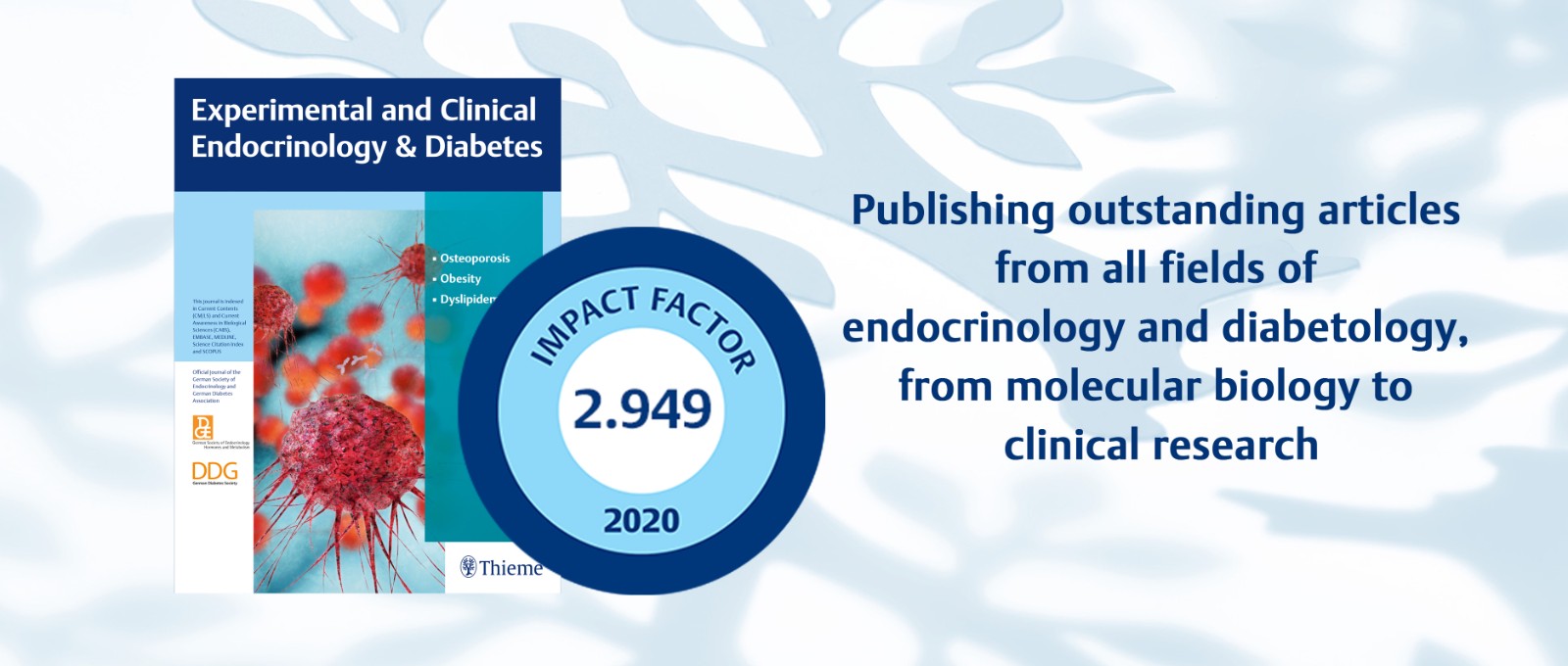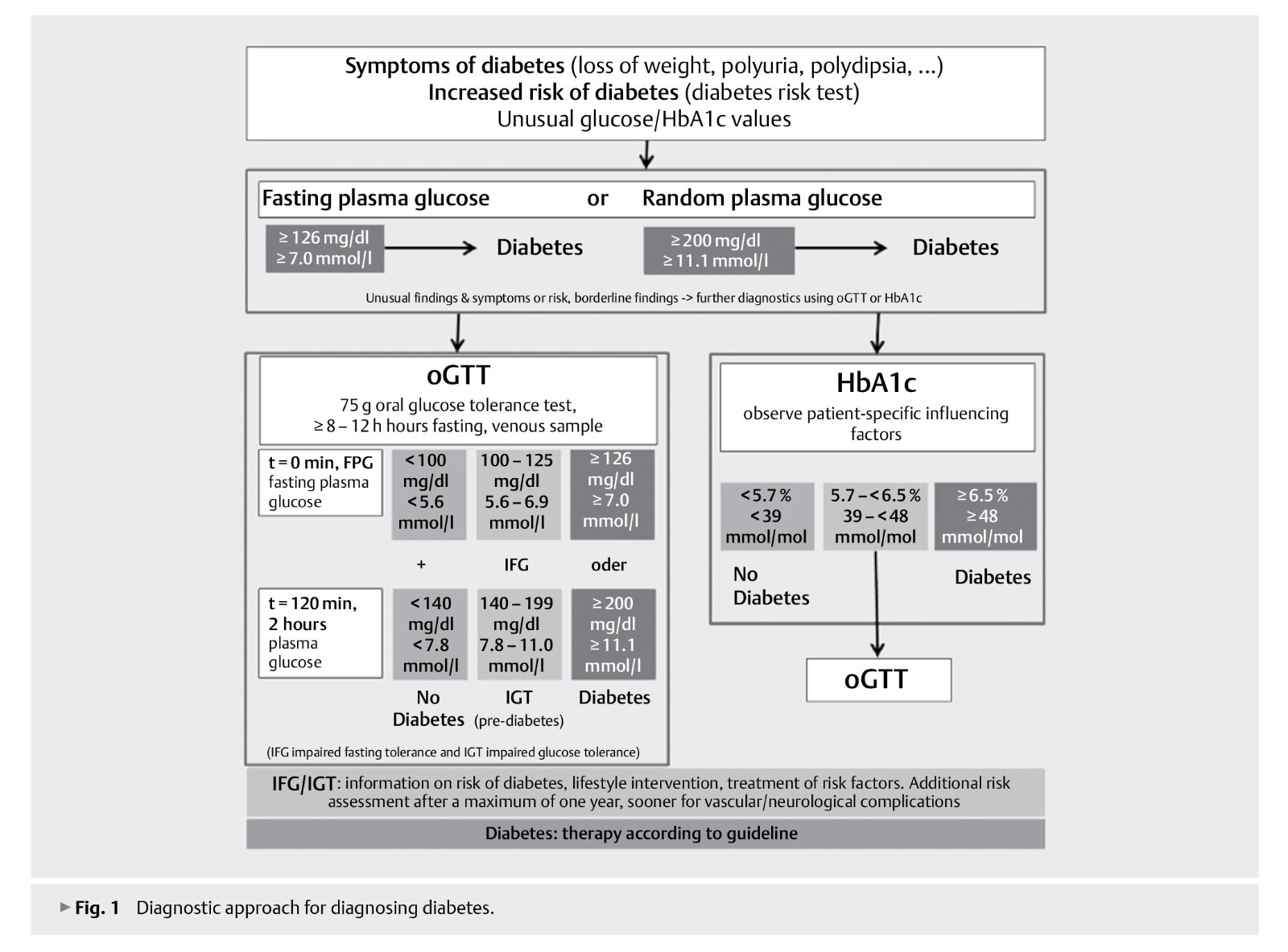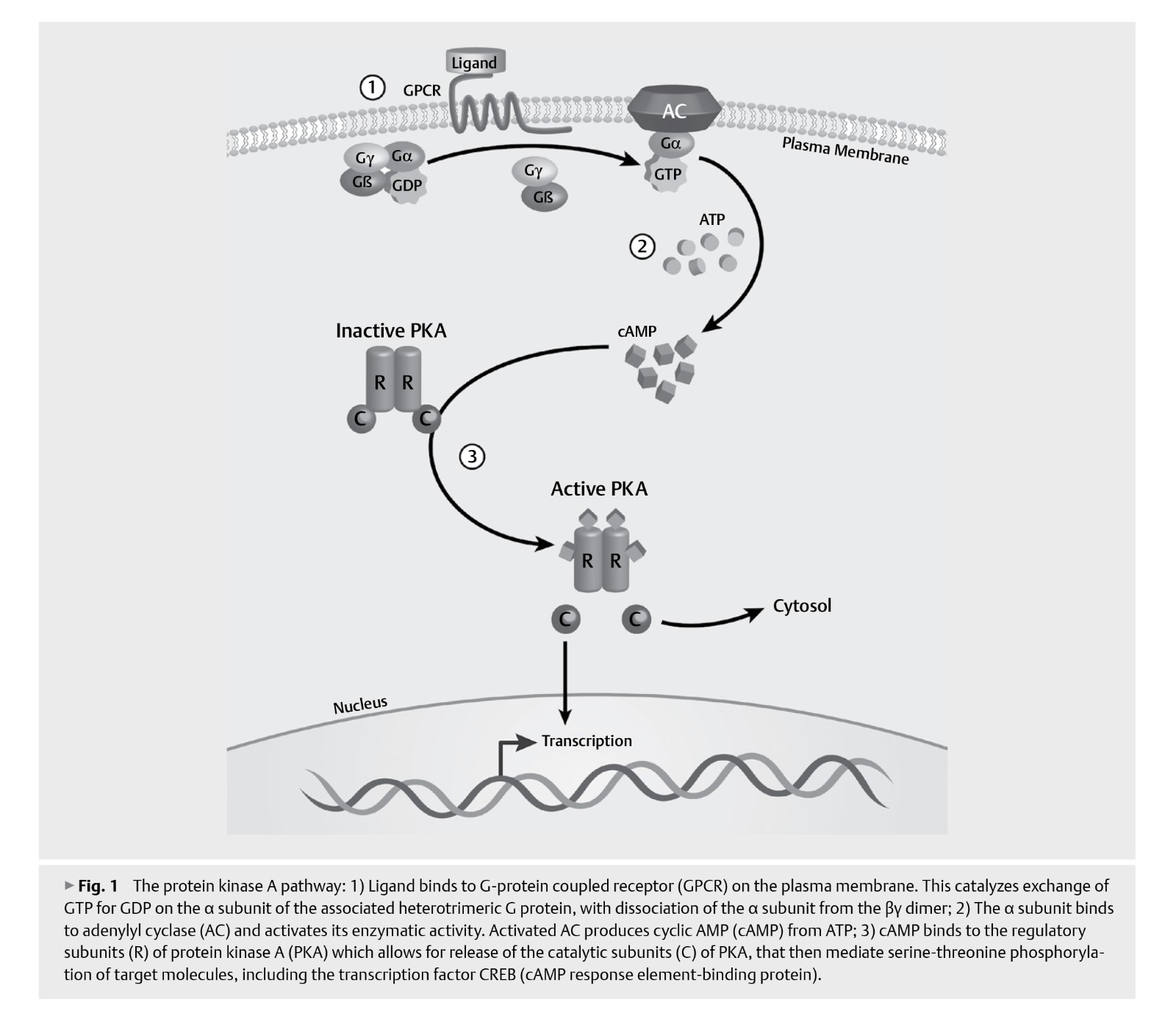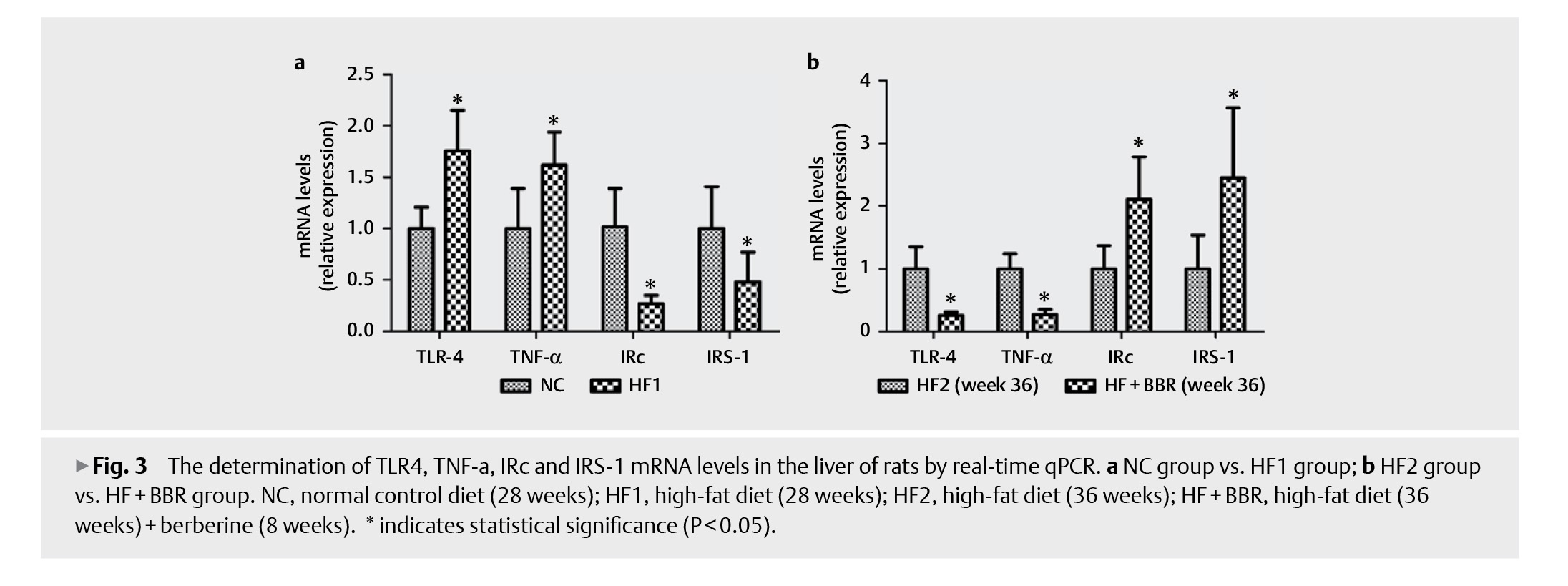

Thieme内分泌学期刊Experimental and Clinical Endocrinology & Diabetes的影响因子2020提高到了2.949。非常感谢所有作者、审稿人和编辑的支持和最宝贵的贡献。
以下三篇是被引用次数最多的论文,它们对影响因子的提高有着重要贡献,欢迎免费阅读。
Definition, Classification and Diagnosis of Diabetes Mellitus
Petersmann A et al.

Aim of recommendations like this one issued by the German Diabetes Association is to provide the GP and diabetologist and his team with information he needs for his daily practice. These recommendations are updated annually. They are written by a group of experts, but they are not evidence based guidelines. This specific recommendation for diabetes diagnosis briefly describes the diabetes types and the different options for diagnosis. Also the caveats and the practical procedure are presented.
Kamilaris CDC et al.

Carney complex is a rare, autosomal dominant, multiple endocrine neoplasia and lentiginosis syndrome, caused in most patients by defects in the PRKAR1A gene, which encodes the regulatory subunit type 1α of protein kinase A. Inactivating defects of PRKAR1A lead to aberrant cyclic-AMP-protein kinase A signaling. Patients may develop multiple skin abnormalities and a variety of endocrine and non-endocrine tumors. Endocrine manifestations include primary pigmented nodular adrenocortical disease, that may cause Cushing syndrome, growth-hormone secreting pituitary adenoma or pituitary somatotropic hyperplasia which can result in acromegaly, as well as gonadal and thyroid tumors. Non-endocrine tumors associated with Carney complex include myxomas of the heart, breast, and other sites, psamommatous melanotic schwannomas, breast ductal adenomas, osteochondromyxomas, and a predisposition to a number of malignancies from adrenal to pancreatic and liver cancer.
Berberine Modulates Gut Microbiota and Reduces Insulin Resistance via the TLR4 Signaling Pathway
Dan Liu , Yiyi Zhang, Yunhui Liu, Liqiong Hou, Sheyu Li, Haoming Tian, Tieyun Zhao

Berberine, a natural compound extracted from several Chinese herbs including Coptis chinensis, has been shown to have anti-obesity effects and prevents insulin resistance in high-fat diet (HFD)-fed obese rats by modulating the gut microbiota; however, the molecular mechanisms underlying these activities remain unknown. We investigated the effects of berberine on obesity and insulin resistance by examining the lipopolysaccharide (LPS)/toll-like receptor 4 (TLR4)/tumor necrosis factor (TNF)-α signaling pathway in livers of HFD-fed obese rats. Our results showed that 8-week berberine (200 mg/kg) treatment significantly reduced fasting blood glucose, triglyceride, low-density lipoprotein-cholesterol and insulin resistance in HFD-fed obese rats. However, berberine had no significant effects on body weight, visceral fat mass or the visceral fat to body weight ratio. Berberine also attenuated HFD-induced hepatic steatosis. A prolonged HFD altered the gut microbiota composition by reducing protective bacteria like Bifidobacterium and increasing gram negative bacteria like Escherichia coli, which resulted in increased LPS release into plasma. Berberine reversed these effects and inhibited LPS-induced TLR4/TNF-α activation, resulting in increased insulin receptor and insulin receptor substrate-1 expression in the liver. These findings suggested that berberine may reduce insulin resistance, at least in part by modulating the gut microbiota along with inhibiting LPS/TLR4/TNF-α signaling in the liver.
阅读本刊更多论文,请点击这里。
